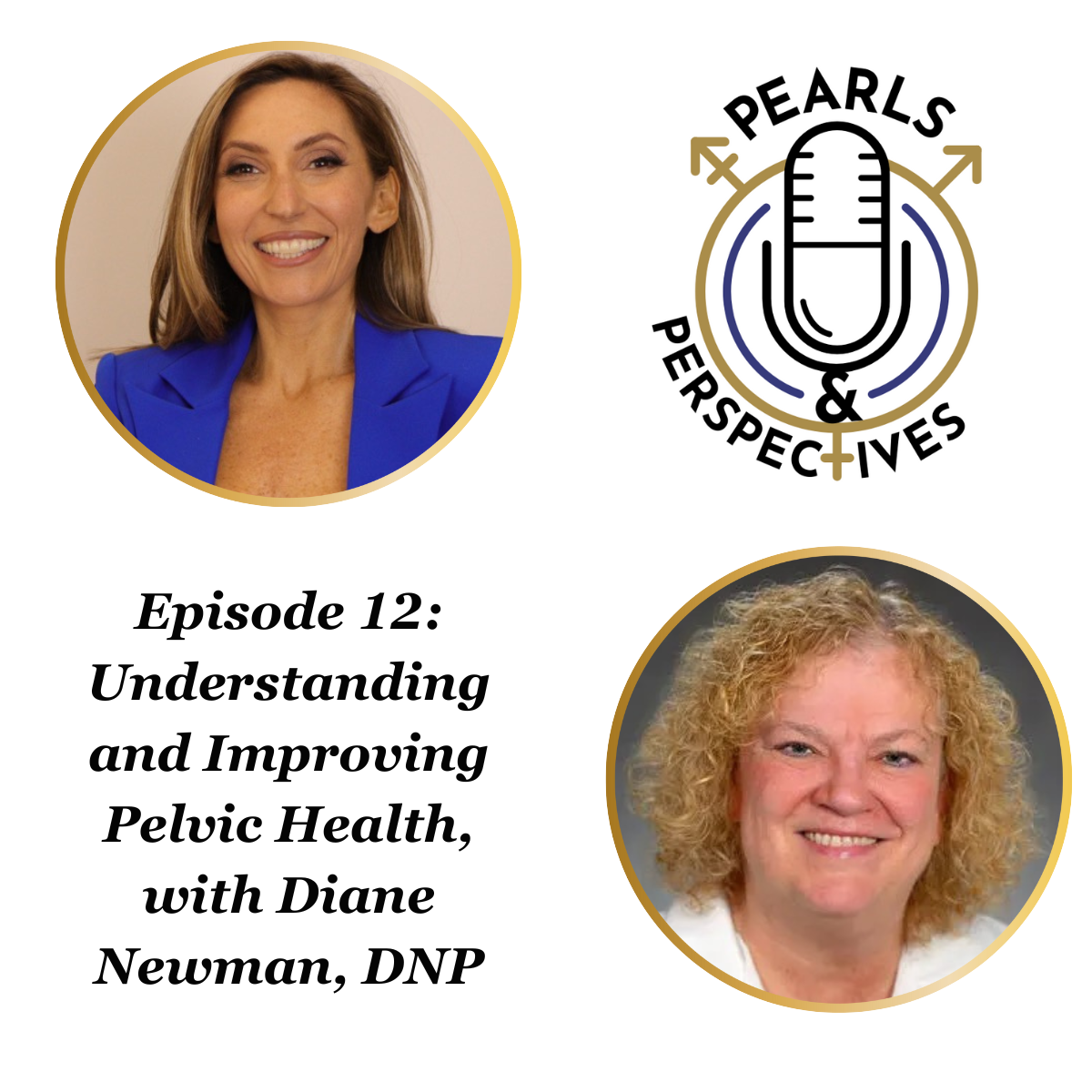Article
TUMT shows durable results in chronic prostatitis
Istanbul, Turkey--Transurethral microwave thermotherapy of the prostate offers a 50% improvement in pain in up to two-thirds of patients with chronic prostatitis/chronic pelvic pain syndrome, which is comparable to other treatment modalities, according to researcher Christof Kastner, MD, PhD. The therapy also appears to promise good durability 2 years post-procedure.
Istanbul, Turkey-Transurethral microwave thermotherapy of the prostate offers a 50% improvement in pain in up to two-thirds of patients with chronic prostatitis/chronic pelvic pain syndrome, which is comparable to other treatment modalities, according to researcher Christof Kastner, MD, PhD. The therapy also appears to promise good durability 2 years post-procedure.
The multicenter, prospective study by Dr. Kastner and colleagues enrolled 39 patients who were diagnosed with type IIIA (nonbacterial inflammatory) or IIIB (nonbacterial noninflammatory) CP/CPPS. The subjects experienced symptoms for more than 3 out of 6 months prior to treatment (National Institutes of Health Chronic Prostatitis Symptom Index [NIH-CPSI] Pain Score > 8).
Dr. Kastner and colleagues performed thermotherapy using the Targis system (Urologix, Inc., Minneapolis), achieving peak interstitial temperatures of 55°C and 70°C. They measured tolerability, side effects, and efficacy with standard diagnostic tests and NIH-CPSI questionnaires.
50% improvement over baseline Dr. Kastner treated 15 patients (average age, 52.9±11.6 years) at East Surrey Hospital who completed the 2-year follow-up. Patients had pain for an average of 49.3 months. The NIH-CPSI scores (0-21) before treatment versus those at 2 years were: pain, 9.7 versus 5.2; urinary, 4.1 versus 3.0; quality of life, 6.9 versus 4.1; and total, 20.7 versus 12.3 (all scores p≤.005, except urinary).
TUMT showed high efficacy in reducing pain and improving quality of life, as proven by the proportion of patients achieving at least 50% improvement over baseline, Dr. Kastner said. At the 2-year follow-up, 67% of the patients showed a 50% improvement in pain (62% at 1 year), and 53% of patients showed a 50% improvement in quality of life (31% at 1 year).
In terms of patients' total NIH-CPSI score, 47% of study patients revealed a 50% improvement from baseline (38% at 1 year), and 27% showed an improvement of 50% in urinary scores (15% at 1 year), Dr. Kastner said.
Discomfort with treatment (VAS 0-10) was 4.6. Analgesia was adjusted for pain and well tolerated. Thirteen percent of patients received catheterization, and the average catheter duration was 5 days. Side effects remained temporary and minor at 2 years, said Dr. Kastner, who said both 55° and 70° treatment temperatures were viable.
"Sperm count and sexual function were maintained or improved," he said.
Three of the patients requested re-treatment after experiencing an initial improvement and then symptom recurrence. Symptom-free periods were longer after a second TUMT procedure, Dr. Kastner said.
Of the re-treated patients, one achieved continuous relief to date, while another experienced episodic recurrence of symptoms after repeat TUMT. The third repeat TUMT patient suffered a severe episode of acute prostatitis similar to previous episodes. The investigators noted no additional complications.
1-year results Dr. Kastner, a urologist at East Surrey Hospital, Redhill, United Kingdom, also reported the 1-year results of the multicenter study, as a whole, that included all 39 patients (average age, 60.1±11.9 years). Forty-three percent of patients were catheterized, and the average catheter duration was 7.8 days.
NIH-CPSI scores for pain were 11.5 at baseline and improved to 4.6 at 1 year. Urinary NIH-CPSI scores decreased from 4.7 to 3.1. Quality of life was 7.2 at baseline and 3.8 at 1 year, and total NIH-CPSI score was 23.4 at baseline and 11.5 at 1 year (all scores p<.0001, except urinary).
Newsletter
Stay current with the latest urology news and practice-changing insights — sign up now for the essential updates every urologist needs.
















